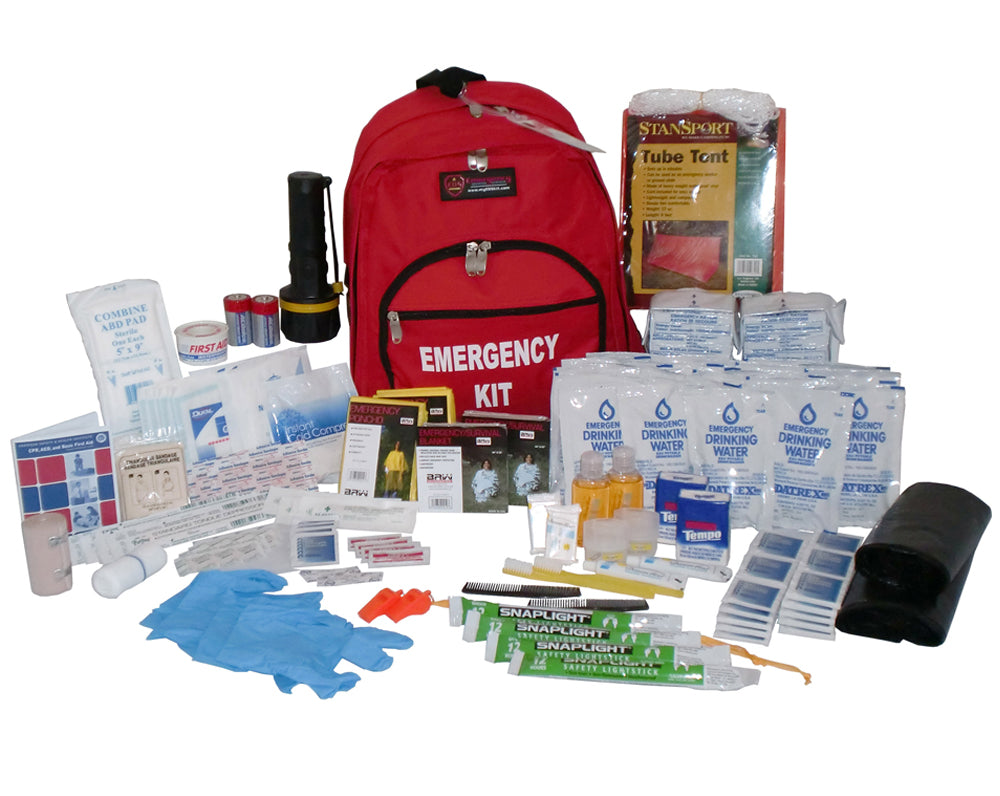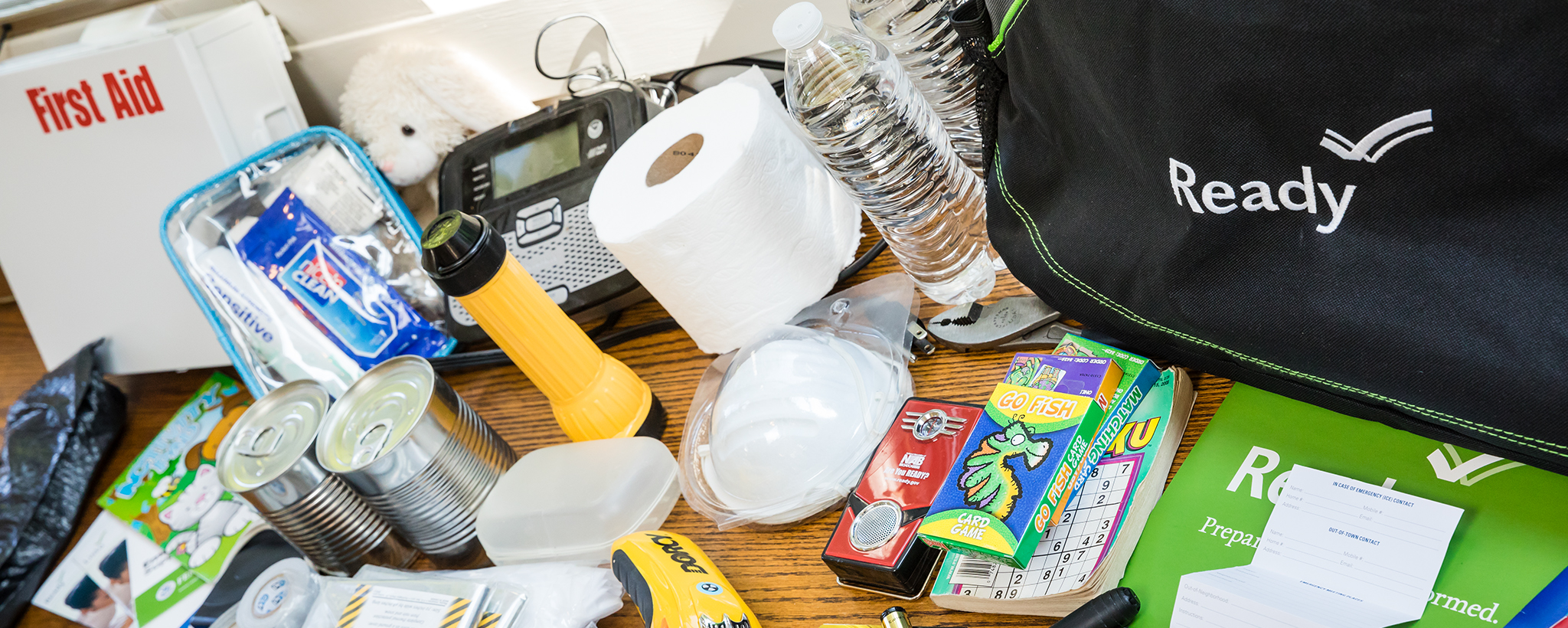Encourage Yourself with Emergency Preparedness: Prepare, Be Resistant
Encourage Yourself with Emergency Preparedness: Prepare, Be Resistant
Blog Article
Exactly How to Create an Extensive Emergency Situation Preparedness Strategy
In the world of preparedness, developing an extensive emergency plan is not just a task to check off a list; it is an important cornerstone of any kind of organization or individual's strength technique. By carefully crafting a plan that attends to various facets of emergency situation administration, consisting of risk assessment, communication protocols, source appropriation, and critical decision-making, one can lay a solid foundation for protecting lives, operations, and properties.
Significance of Emergency Situation Preparedness
Emergency situation preparedness is crucial for minimizing prospective threats and making sure the safety of communities and people. In today's globe, where all-natural calamities, public wellness crises, and various other emergency situations can strike without warning, being prepared can make a substantial distinction in reducing the influence of these events. By having a well-thought-out emergency readiness plan in area, individuals and companies can react efficiently, shield lives, and reduce building damage.
One of the main reasons emergency situation preparedness is important is its function in saving lives. When emergencies happen, having a strategy that lays out clear procedures for communication, emptying, and emergency response can help people act quickly and decisively. This can avoid injuries and fatalities by ensuring that individuals understand what steps to take to stay safe
Additionally, emergency situation preparedness boosts the durability of areas. By promoting a society of preparedness and planning for different situations, areas can get better a lot more rapidly from disturbances and disasters. This resilience is necessary for maintaining security, continuity of operations, and general health despite adversity.
Assessing Possible Threats
Considering the importance of being gotten ready for unexpected events, the preliminary action in creating an effective emergency preparedness strategy includes completely reviewing and analyzing prospective dangers. This assessment needs a thorough testimonial of all possible hazards that could affect the company, taking into consideration aspects such as place, industry, and historical information on cases. By recognizing these risks, organizations can prioritize their preparedness initiatives and allot resources efficiently to mitigate one of the most significant threats.
Common threats that organizations might deal with include all-natural calamities like cyclones, floods, or quakes, technological threats such as power blackouts or information violations, in addition to human-caused dangers like crashes or intentional acts of physical violence. Conducting a danger evaluation likewise involves considering the possible influence of these occasions on the organization's procedures, employees, customers, and track record. By carrying out an extensive risk analysis, organizations can establish customized emergency situation feedback plans that resolve their details vulnerabilities and ensure effective readiness for any prospective situation.
Developing a Communication Strategy
Developing a clear and thorough interaction plan is important for reliable emergency readiness within companies. In times of crisis, interaction plays a crucial function in making certain the security and wellness of staff members, stakeholders, and the neighborhood. A well-balanced interaction plan must outline clear lines of communication, designate crucial employees responsible for communication jobs, and develop methods for disseminating details quickly and precisely.
One secret aspect of developing an interaction strategy is recognizing key and alternative communication channels (EMERGENCY PREPAREDNESS). These can consist of e-mail, text messaging, phone trees, social media sites systems, and public address systems. It is essential to make sure that these networks are dependable, available, and frequently checked to guarantee their effectiveness during emergencies

Building an Emergency Situation Set
Provided the important relevance of preparedness in times of crisis, a key element that organizations need to attend to is the establishment find out here now of an emergency situation set. When putting together an emergency package, it is crucial to think about the certain demands and situations of the organization. In addition, companies ought to include crucial documents, such as contact listings, insurance policy details, and emergency situation response plans, in water-proof containers within the set.
Establishing Discharge Treatments
To ensure the security and organized evacuation of personnel during emergencies, companies need to develop effective and clear evacuation procedures. Evacuation procedures must encompass a series of possible scenarios, consisting of fires, all-natural disasters, or other emergencies that require quick evacuation.

Furthermore, companies ought to develop a system for accountancy for all employees during an evacuation to make sure that everybody has actually safely left the facilities. Interaction plays an important role in evacuation procedures, with clear guidelines on how to evacuate and when to do so. Regular testimonial and upgrading of evacuation treatments based on comments and altering situations are important to keeping the efficiency of the plan.
Final Thought
To conclude, developing a thorough emergency situation readiness strategy is vital for ensuring the safety and security and well-being of individuals in the event of a catastrophe (EMERGENCY PREPAREDNESS). By evaluating potential threats, developing a communication plan, constructing an emergency situation set, and establishing evacuation treatments, people and organizations can be much better furnished to respond efficiently to emergencies. It is very important to focus on preparedness initiatives to reduce the influence of disasters and protect lives and building
In the world of readiness, creating a comprehensive emergency plan is not merely a task to check off a listing; it is a necessary foundation of any type of company or individual's durability method. When emergency situations take place, having a strategy that describes clear treatments for discharge, emergency, and communication response can help people act quickly and emphatically. see it here. By performing a comprehensive danger analysis, organizations can develop tailored emergency reaction strategies that address their certain susceptabilities and make certain effective readiness for any type of prospective dilemma
Creating a clear and detailed interaction plan is essential for effective emergency preparedness within organizations. By assessing prospective risks, creating a communication strategy, building an emergency kit, and developing discharge individuals, procedures and companies can be much better geared up to respond effectively to emergencies.
Report this page